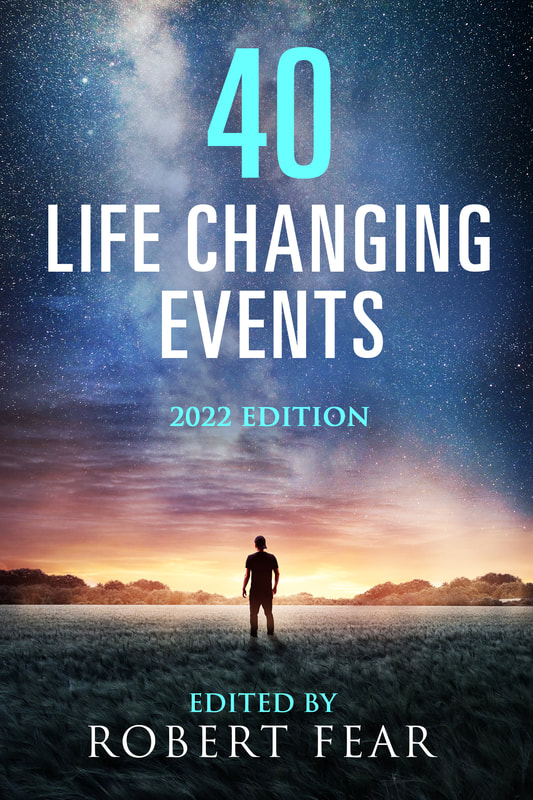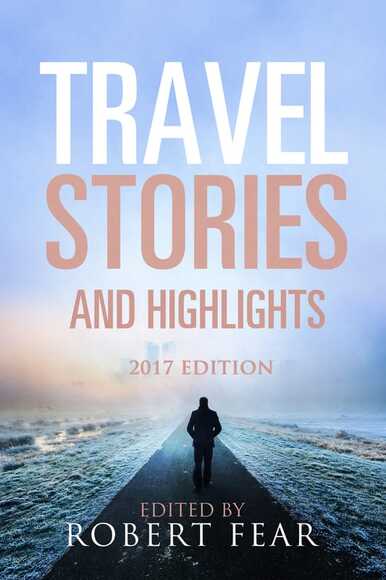The desert of riches by Valerie Poore
Desert: a waterless, desolate place with little or no vegetation; a situation or place considered dull and uninteresting.
These are the definitions I found in the dictionary when I looked up ‘desert’. More than a bit negative and devoid of any positive connotation, aren’t they? I mean what can you feel about something given as ‘desolate, dull, and uninteresting’? That doesn’t sound inspiring at all, does it?
When I left England’s green and pleasant lands in 1981 to venture into the unknown territory of southern Africa, I had no idea of what kind of adventure I was embarking on. I had a two-year-old on my knee and a three-month-old at my breast and I was venturing into completely alien territory. Naïve? Certainly. Innocent? Definitely. Clueless? Even more so. When I think back I can hardly believe I was prepared to take such a step with two small things still in nappies, but the move in itself was a life-changer I have never regretted.
Africa opened my eyes and my spirit like nothing had ever done before. I loved the people, especially the Zulus with their feisty personalities, noisy exuberance and lively sense of humour. Mischievous pranksters, the Zulu farm workers I lived amongst were quick to pull the wool over our unsuspecting eyes, and enjoyed our resulting confusion without restraint. I loved the almost mystical Zululand scenery: the valley of a thousand hills with its mist-cloaked peaks, the green slopes of the Natal Midlands, and the jagged ridge of the Drakensberg Mountains.
But strange as it may seem, these are not the scenes that spring to mind when I think of ‘my’ Africa. Beloved though the eastern provinces are, when I sit here in my damp, grey European home it is the desert that fills my heart and vision. And for me, there is nothing desolate or dull about it at all.
My first experience of the riches of the desert was a trip my family and I took to Namibia in 1990. The last part of our holiday was spent in the Namib-Naukluft National Park, which is the western section of the Namib Desert and lies between the Atlantic Ocean and the great escarpment of Namibia’s central plateau. Most of the country is either desert or semi-desert anyway, split as it is between the Namib and the Kalahari, but that holiday gave me a taste for these arid regions. At first sight, they appeared to have nothing, but in fact they had a wealth of fauna, flora and bird life. The dunes that fronted the ocean were magnificent, sculpted mountains of sand. The Namib-Naukluft park lay behind them and we camped beneath massive rock mounds, with only the most basic tents and equipment. Being forced to stop and listen to the sounds within the silence was a magical experience I have never forgotten.
Subsequently, we took road trips to Cape Town when we crossed the huge expanse of the Great Karoo, a haunting semi-desert that covers much of South Africa’s southern Free State and Northern Cape. While a large part of the latter is taken up by the Kalahari Desert, which spreads its palm and extends its fingers across the centre of the country, it morphs into the Karoo as the traveller proceeds south. I have a special and enduring love for the Karoo, and I remember many a long-haul drive through the lonely heat-blistered glory of its vast reaches, only intermittently relieved by amazing craggy outcrops. Still further south, these outcrops increased until the landscape transformed into the mountainous pastures of the Western Cape. But just prior to this were some gorgeous and historic Karoo towns with fascinating and sometimes heartrending histories. Thoughts of driving through the Karoo evoke some of my happiest memories.
But the desert holiday that perhaps made the greatest long-term impression on me was when in 2008 I visited my daughter who was living in the small southern Kalahari town of Postmasburg. We had a wonderful ‘mum and daughter’ week together exploring the wealth offered up by this ancient desert. Not only did we visit the phenomenon of the white dunes at Witsand, better known as the Roaring Sands of the Kalahari, we also travelled to Kuruman to see Die Oog (The Eye) a remarkable freshwater spring, said to be the largest in the southern hemisphere.
Much of the Kalahari in the Northern Cape covers deep underground reservoirs, a feature that has resulted in the sparse vegetation that gives the area its name of the Green Kalahari. Die Oog, however, is a beautiful oasis drawn from deep below the Earth’s surface; a lake filled with fish and surrounded by lush greenery and all the more extraordinary for being in such an arid region. Being there and walking around the peaceful gardens that have established themselves, I could imagine what a haven of relief it must have been to those who first encountered it.
Kuruman, the town, was originally a mission station that grew up around Die Oog, an unsurprising development given its watery affluence. Originally just a small settlement to serve the spiritual ambitions of one Robert Moffat—who incidentally was the first minister to translate the bible into an indigenous South African language— it was now a bustling town of some 10,000 souls.
We followed Die Oog up by a visit to the famous Wonderwerk Cave. It was this last stop that touched me the most, not because it was scenically beautiful, but because of its humbling evidence of just how old the Kalahari is and how long it has been home to humankind.
Wonderwerk (the Afrikaans word for ‘miracle’) is about forty kilometres south of Kuruman and is a protected national monument. When we arrived at the cave, I even wondered if we were in the right place. We drove in through a standard chain-link fence and parked in front of a somewhat prosaic, low brick-built bungalow. There didn’t seem to be anyone else there and I thought we’d arrived at a private farmhouse. However, when we entered the building everything became clear. A delightful Tswana guide, who announced himself as Neelis, took us in hand and, rattling away in Afrikaans, led us to the cave itself where he showed us the Bushman paintings we’d come particularly to see.
I enjoyed meeting Neelis very much, not only because I’m fascinated by the Bushmen, but also because I had a spirited chat with him despite our language barrier. My primitive Dutch certainly came in handy this time. Neelis was very knowledgeable and explained that the cave extended some 140 metres into the hillside. Apparently, archaeologists had discovered layers of deposits indicating human activity going back thousands of years. I am a coward when it comes to deep, dark places; actually, I’m a coward about many things, so I chose not to go into the back of beyond. However, the paintings were fortunately close to the front of the cave.
“They are quite new,” Neelis told me, chuckling. “They are probably less than a thousand years old.”
“Agh, hardly history at all,” I replied with a wink.
Delicate outlines of clearly identifiable antelope on the wall of the cave brought home the incredible endurance of human presence in this harsh region. Neelis also showed us painted stones that were probably even older. I’d read about these before my journey here and as always, the reality of the experience outstripped the photos I’d seen. Humility mingled with awe and a sense of the nobility of what I was witnessing made this final Kalahari visit an unforgettable and life-defining experience.
In today’s world when we are constantly reminded of the devastatingly destructive effects of human activity, it’s a comfort to me to think of the Wonderwerk paintings. They remind me of the other side of the coin; that people have always been driven to enhance their surroundings as well. You could call it the redeeming miracle of humanity, or indeed, the wonderwerk; further proof, if any is needed, that the desert is a place full of riches.











